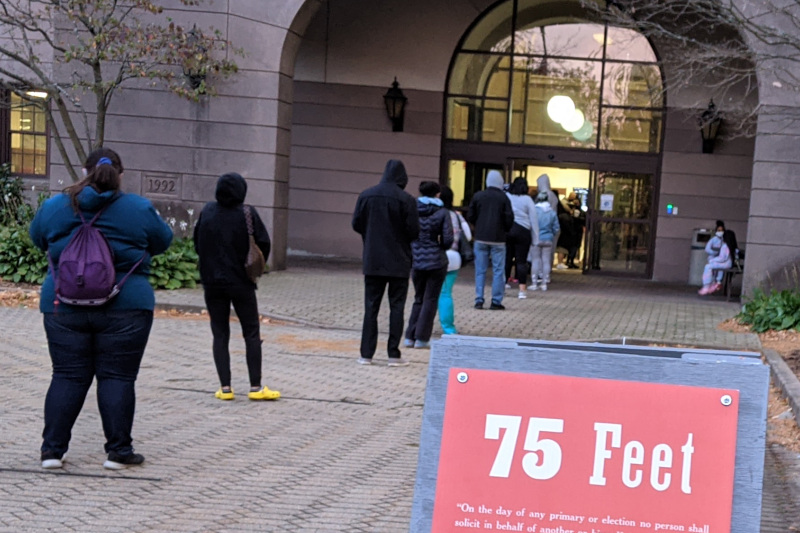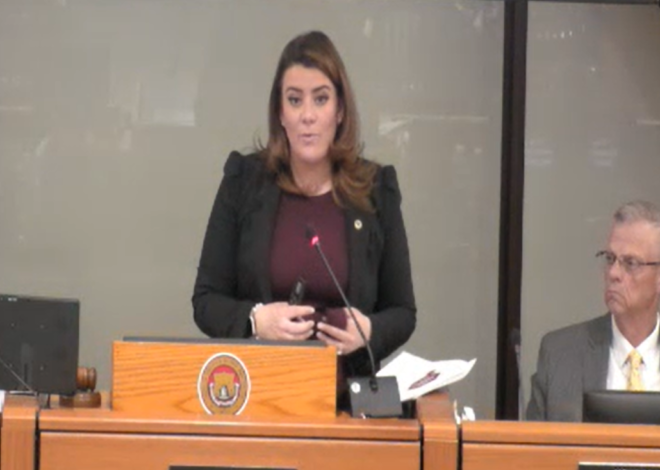By Michelle Louise Bicking
Equitable ballot access has long been a thorn in Connecticut’s side for decades. Despite the facade of deep blue progressive politicking and people-centered campaigns, Connecticut has the third most stringent ballot access laws anywhere in the country. “Stringent” is defined here as the least amount of time to petition for ballot access as well as the process involved to be formally listed on the ballot itself. In Connecticut, prospective independent candidates (not to be confused with the Independent Party affiliation) have between January and August in an election cycle earn ballot access. Some states even allow months or even years to collect the requisite amount of signatures needed to be placed on the ballot. Unlike Arizona, Missouri and twenty four others, citizens in Connecticut are not able to initiate statewide initiatives or referendums. Connecticut voters have also never voted on a ballot measure to authorize a statewide initiative and referendum process in this state’s 360 year history.
Who makes up Connecticut’s voting block? In the 2020 presidential election, thirty eight percent identified as Democrat, twenty three percent Republican and a whopping thirty nine percent are listed as unaffiliated. Forty one percent of males and 38 percent of female registered voters identify as unaffiliated. Eighty percent are White, followed by 10.5% Black or African American, 3.3% Asian, 12.6% Hispanic or Latino, 0.0% Native American or Alaska Native, 0.0% Native Hawaiian or Pacific Islander, 2.4% two or more races. Over 55 percent of all registered voters were women despite being only 51 percent of the total population.
How do we vote in Connecticut? If you are Democrat, Republican, Working Family or Serve America Movement (SAM), your candidate will most likely be listed in the ballot automatically and you may vote on November 8th without prejudice. If you are Libertarian, Independent or Green Party, your candidate may have to formally petition to join the ballot via ballot signatures. Petitions are used to qualify access to ballots to potential “third” or “minor” candidates in a given election. Third Party candidates must present sufficient valid signatures – or signatures of current registered voters that match the signatures on their individual voter registration form – in order to gain access to the ballot. For the gubernatorial race in Connecticut, a final tally of at least 7,500 signatures must be submitted by 4 pm on August 10, 2022. In order to ensure a successful final vote count, candidates may submit an excess of 3,500 to 5,000 signatures as a safeguard against invalidated signatures. Once all signatures are acquired, they are presented to the town clerk’s office for verification. Petitions must be filed on individual, state-approved eight by fourteen forms in each town that were collected. If a candidate does not meet the required amount of signatures to be placed on the ballot, two options remain: be sponsored by another Party with an existing line on the ballot or written in directly on the ballot itself.
A word on potential write-in candidates: Potential write-in candidates are generally more successful in state and local elections. Forty one states (Connecticut included) permit write-in votes, including for presidential elections. In order to be deemed eligible, write-in candidates must submit their request to the attention of Connecticut’s Secretary of The State Office. No candidate for Governor had ever won an election based on write-in candidacy to date. The first well-known successful write-in candidate nationwide was die-hard segregationist Strom Thurmond of South Carolina in 1954. Thurmond held on to his Senate seat for 38 years. Other candidates better known for their state and local ties are Alaska’s Lisa Murkowski and Charlie Wilson of Ohio.
What challenges remain in making Connecticut a welcoming place to live, thrive and vote? One of many considerations should include increasing the rate of participation across party lines. Connecticut should consider adding digital petition signature options to the online voter registration process. Not only would the option decrease paper-based waste, it would increase participation by voters who are homebound due to illness and/or disabling conditions, have limited access to transportation, are caregivers to small children and/or older adults, and/or otherwise leery of face-to-face contact while multiple pandemics rage on. In 2020, Massachusetts, became “the first state to allow campaigns to collect electronic signatures and remote signatures, specifically, the four active campaigns targeting the 2020 ballot.” Connecticut should follow Massachusetts’ lead digital collection efforts in state for both the safety and political security for all our residents.
Digital ballot petitioning aside, ranked choice voting also supplies a more insightful opportunity to rally voter participation, especially amongst unaffiliated and voter-eligible participants. As of July 2022, 55 cities, counties, and states are actively considering or have instituted rank choice in their next election cycle. Instead of individual primaries, candidates from all parties attend a nonpartisan primary and the four candidates move on to compete in the general election. Connecticut residents would have the option to both attend and participate online and in person at debates. Rank choice voting decreases the incidence of vote splitting as well crowding the ballot of the same candidates on multiple ballot lines.
Founding father and first president of the United States George Washington decried the formation of political parties in his farewell address in 1796, warning of “the baneful effects of the spirit of party.” To right this miscalculation in contemporary terms, Connecticut should not only broaden ballot access opportunities but grant the people greater power to choose who leads Connecticut forward.
The solutions are all around us. We must be brave enough to collectively addressl the challenges head on.
Editor’s Note: Michelle Louise Bicking is the 2022 Green Party Candidate for Governor.




